Regulatory Compliance
The Back End Revenue Cycle Management Market is increasingly influenced by the need for compliance with various regulations. Healthcare organizations are required to adhere to standards such as HIPAA and the Affordable Care Act, which necessitate robust revenue cycle management practices. As regulations evolve, the demand for solutions that ensure compliance is likely to grow. This trend is underscored by the fact that non-compliance can lead to significant financial penalties and reputational damage. Consequently, companies providing back end revenue cycle management solutions are focusing on developing tools that help healthcare providers navigate these complex regulatory landscapes. The emphasis on compliance not only drives demand for these services but also encourages innovation within the industry, as organizations seek to enhance their operational efficiencies while remaining compliant.
Rising Healthcare Costs
The Back End Revenue Cycle Management Market is significantly impacted by the rising costs associated with healthcare delivery. As healthcare expenses continue to escalate, providers are under increasing pressure to optimize their revenue cycles to maintain profitability. This situation creates a pressing need for effective back end revenue cycle management solutions that can streamline billing processes, reduce claim denials, and enhance collections. According to recent data, healthcare spending is projected to reach unprecedented levels, prompting organizations to invest in technologies that can improve their financial performance. The focus on cost containment and revenue maximization is likely to drive growth in the back end revenue cycle management sector, as providers seek to implement more efficient and effective revenue cycle strategies.
Patient-Centric Approaches
The Back End Revenue Cycle Management Market is witnessing a shift towards patient-centric approaches in revenue cycle management. As healthcare providers recognize the importance of patient satisfaction, they are increasingly focusing on enhancing the patient experience throughout the billing process. This includes transparent pricing, flexible payment options, and improved communication regarding financial responsibilities. By adopting patient-centric strategies, organizations aim to reduce billing-related frustrations and improve collection rates. The emphasis on patient engagement is likely to drive demand for back end revenue cycle management solutions that facilitate these interactions. As a result, companies in the industry are developing tools that not only streamline revenue processes but also prioritize the needs and preferences of patients, thereby fostering loyalty and trust.
Technological Advancements
Technological advancements play a pivotal role in shaping the Back End Revenue Cycle Management Market. The integration of artificial intelligence, machine learning, and automation into revenue cycle processes is transforming how healthcare organizations manage their financial operations. These technologies enable more accurate billing, faster claims processing, and improved patient engagement, which are essential for optimizing revenue cycles. As healthcare providers increasingly adopt these innovations, the demand for sophisticated back end revenue cycle management solutions is expected to rise. Furthermore, the ability to leverage data analytics for predictive insights enhances decision-making capabilities, allowing organizations to proactively address potential revenue issues. This trend indicates a shift towards more technology-driven approaches in revenue cycle management, which could redefine industry standards.
Increased Focus on Financial Performance
The Back End Revenue Cycle Management Market is experiencing an increased focus on financial performance metrics among healthcare organizations. As the healthcare landscape becomes more competitive, providers are prioritizing the optimization of their revenue cycles to enhance profitability. This trend is reflected in the growing adoption of performance analytics tools that allow organizations to monitor key financial indicators, identify inefficiencies, and implement corrective actions. The emphasis on financial performance is likely to drive investments in back end revenue cycle management solutions that provide actionable insights and support strategic decision-making. By leveraging data-driven approaches, healthcare providers can improve their financial outcomes and ensure sustainability in an evolving market.


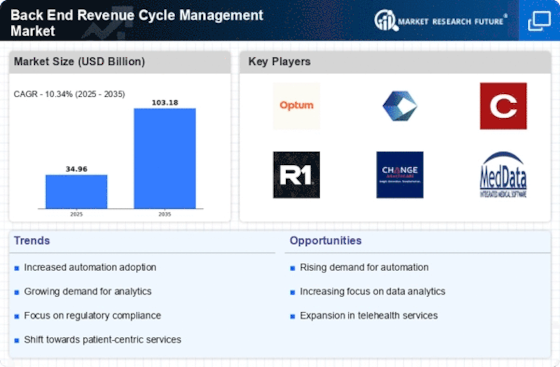
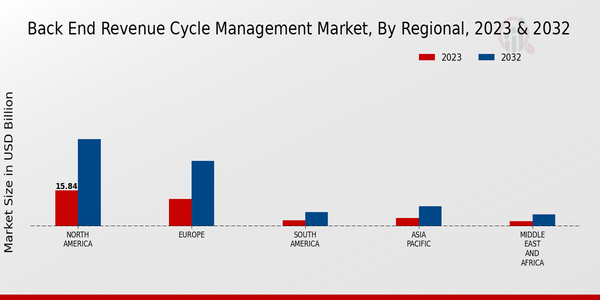
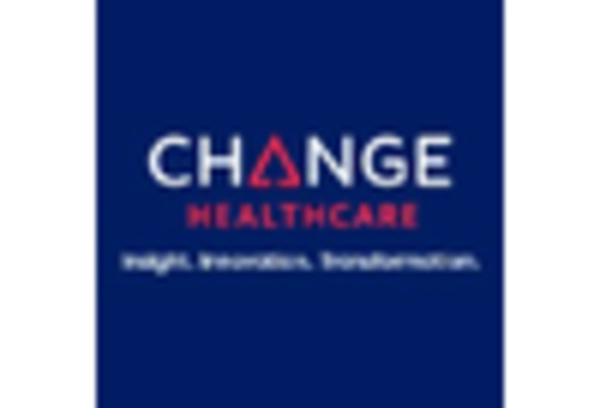


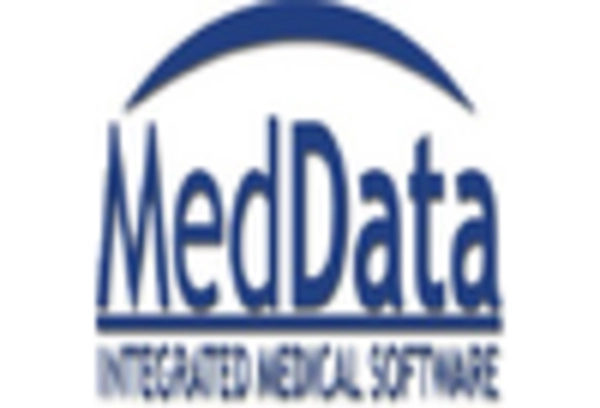

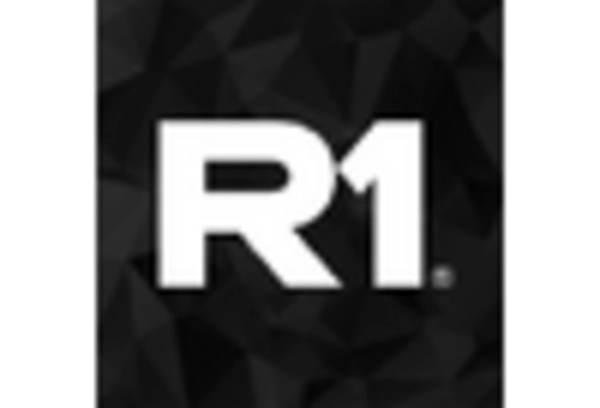








Leave a Comment